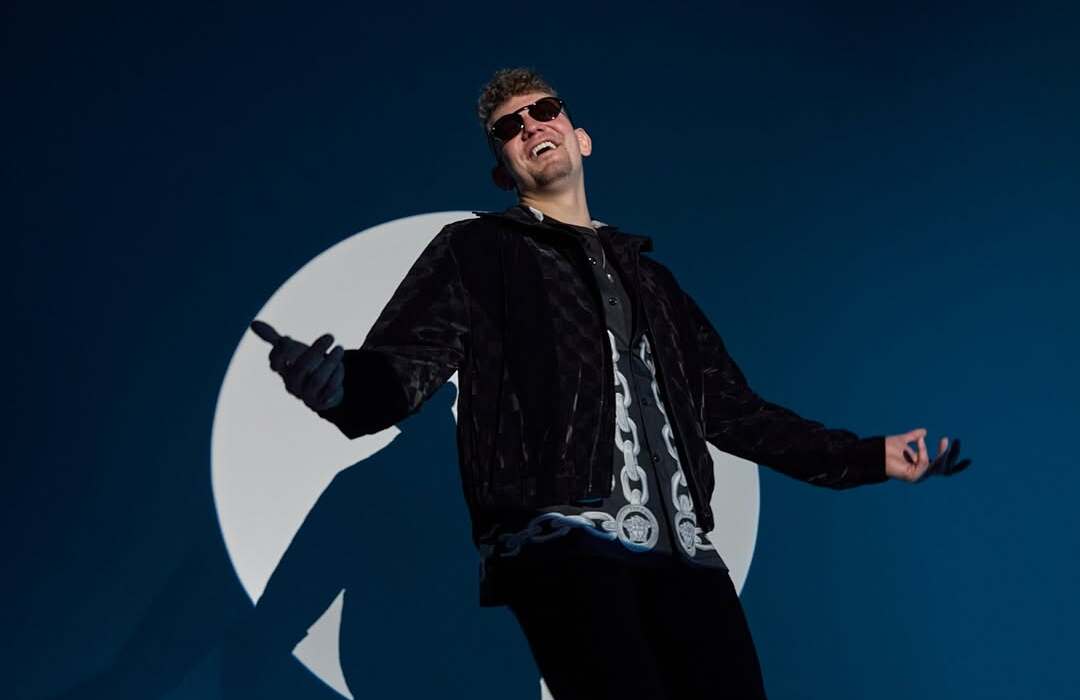Nekomimis, more commonly referred to as catgirls, have existed in the mainstream since 1924. Catgirls became an influential inspiration for anime and comic book movies to cosplay communities and petplay groups. Neko is the Japanese term for "cat." It can refer to actual cats or to characters in anime or manga that have cat-like features; catgirls are defined as a woman with cat ears, whiskers, and sometimes paws or a tail.
When they first gained recognition, catgirls were the marketing scheme for practically any and all anime-related material. However, somewhere along the line, the concept fizzled and lost its momentum, and catgirls are considerably less mentioned in contemporary anime today. Here is the brief history and publication of the catgirl trope, and how catgirls became all but extinct beyond the 2010s.
The History Of Catgirls
In Kenji Miyazawa's 1924 Suisenzuki no Yokka (The 4th of Narcissus Month), the first modern-day example of a beautiful, cat-eared woman appeared. The first anime involving catgirls, titled The King’s Tail (Osama no Shippo) was made in 1949 by Mitsuyo Seo. The existence and fast-growing popularity of nekomimis led to the creation of DC Comics' characters iconic characters Catwoman and Cheetah, who first appeared in the 1940s.
By the 1990s, catgirls were common in Japanese anime and manga, and have since been featured in various media worldwide. Enough of a subculture and fan following has developed for conventions and events to be held around the world, such as Nekocon. In a 2010 critique of the manga series Loveless, the feminist writer T. A. Noonan argued that, in Japanese culture, catgirl characteristics have a similar role to that of the Playboy bunny in Western culture, and serve as a fetishization of youthful innocence.
Why Catgirls Are Popular
Besides translating to "cat", neko can also be a Japanese slang term for "submissive/bottom," which offers the assumption that catgirls exist for sex appeal and are linked to the BDSM community. Like any other domesticated animal, cats are obedient, loving and compliant. On opposite ends of the spectrum, there are the more vulnerable, submissive catgirls, and there are the top-heavy, dominatrix catwomen, although the former is more heavily represented in the media.
Both interpretations provide visually alluring imagery for the male psyche -- and many others. Many people find vulnerability and softness in catgirls appealing because they can imagine fulfilling the role of protector and provider. Catgirls are sleek, slim and graceful -- all attributes that can appeal to the intended demographic of mostly males and the male gaze. A lot of the explanation for why catgirls are so popular lies in an internet trend that became a worldwide fetish.
Catgirls Throughout The Years
It's important to note that there are three distinct renditions of catgirls. Some catgirls have biologically feline features. Simply put, they are "24-hour" catgirls, and these can be characters that are permanently transformed or merely exist as part of another race entirely. Others have the ability to transform into a catgirl -- often using magical powers or relics -- but were born human. Lastly, there are those who are not physically altered in any way, but choose to cosplay as nekomimis with props such as headbands, fake tails or fangs.
The 1980s was a decade of innovation for this trope. For instance, in 1989's Ranma 1/2, anime fans saw the introduction of characters that were normally human but could transform into catgirls. Ranma 1/2 features the character Shampoo, who can transform into a female cat. Moving to the 1990s, oddly enough, anime fans never saw any significant innovations within the catgirl concept until 1997's Natsuki Sasahara from Hyper Police. Natsuki is easily the closest representation to the more modern view of anime catgirls.
There were very few anime titles in the 2000s that reinvented this trope. However, Tokyo Mew Mew (2002) introduced the first magical girl anime with a main character that could transform into a catgirl, and in 2008, fans saw the creation of Blair from Soul Eater, who can frequently reverse the transformation from a cat into a human with cat ears. Nonetheless, the catgirl trope has seen an indefinite death since then. The only loose connection to catgirl reinvention has come in the form of catboys.
Nekomimis are included under the broader term kemonomimi, which divides human-animal hybrids into more specific categories, such as kitsunemimi ("fox daughter") and usagimimi ("rabbit/bunny/hare daughter") -- all originating from the better-known variant: catgirls. However, when these additional designs surfaced, they ultimately overshadowed nekomimis, as kitsunemimis and usagmimis are now more frequently seen. Anthropomorphic characters have also revolutionized the trope by taking it one step further in anime such as Beastars.
About The Author

